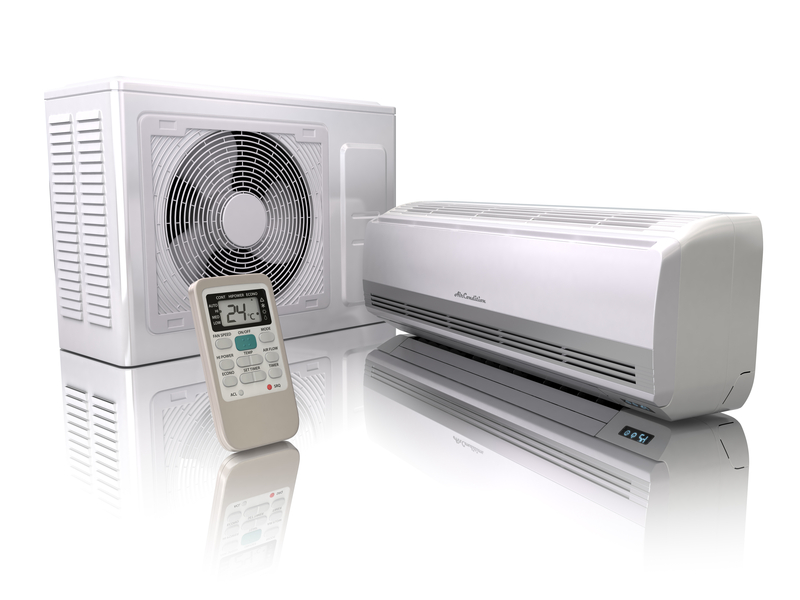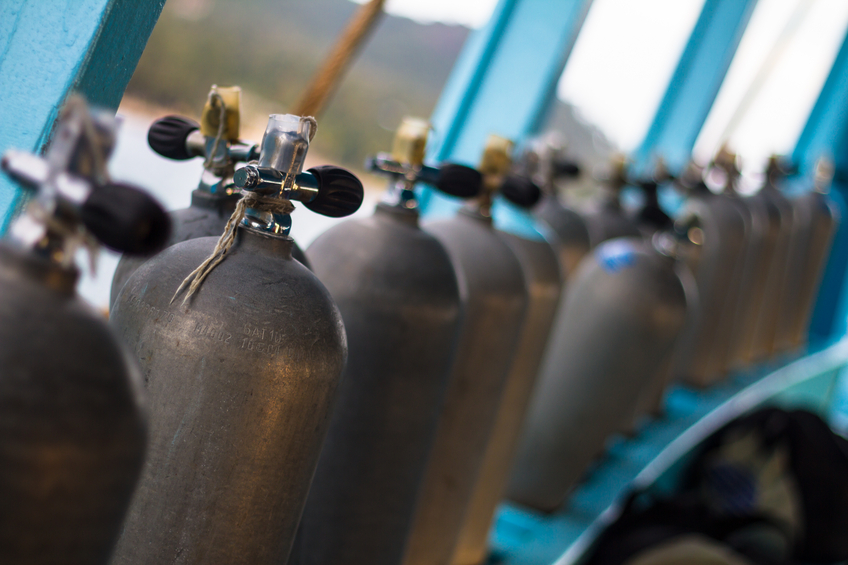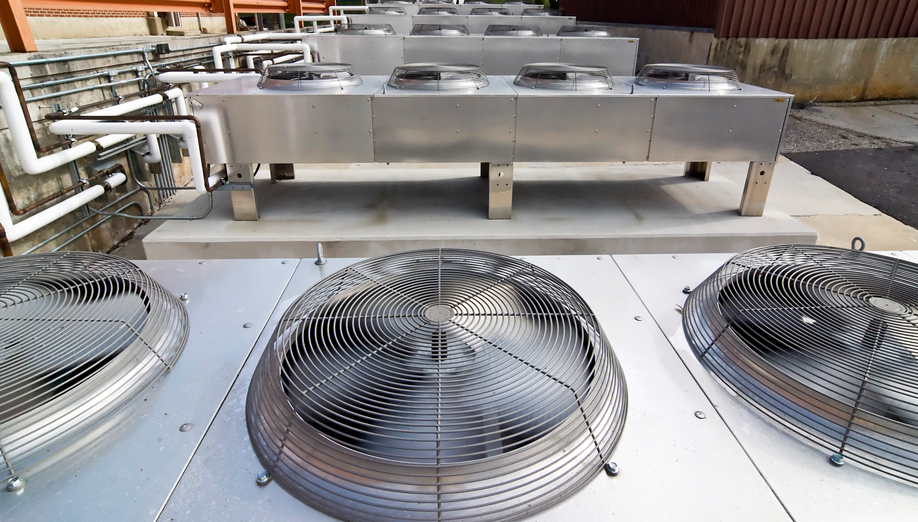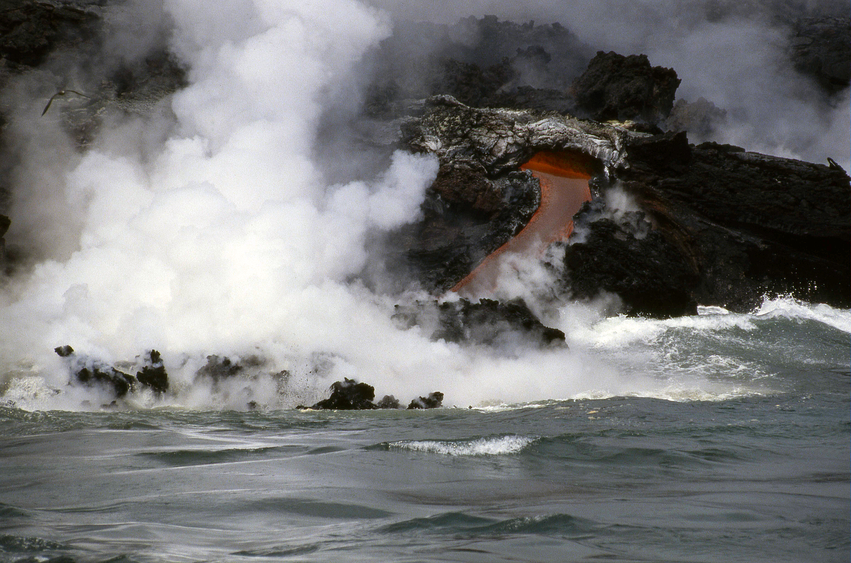HVAC Basics 12 PDH Discount Package
An Introduction to Compressed Air Systems (M02-047)
An Introduction to Cooling Buildings by Natural Ventilation (A02-007)
An Introduction to Design of Heating and Cooling Distribution Systems (M02-021)
An Introduction to HVAC Systems for Buildings (M04-020)

This online engineering PDH course provides a basic introduction to air conditioning system design so you can better understand the technology, concepts and terminology in the design of air conditioning systems. It addresses the issues, technologies and strategies encountered in the building design process on actual projects. This course will help you to be a better partner in the building design and construction process.
This 2 PDH online course is intended for those engineers, architects and construction professionals who are only peripherally involved with HVAC systems in their professional activities, but would like to learn more about HVAC concepts, principles, systems and equipment.
This PE continuing education course is intended to provide you with the following specific knowledge and skills:
- Learn how to calculate heating and cooling loads
- Learn about the different types of air conditioning equipment
- Learn some important concepts of air distribution ductwork design
- Learn some rules-of-thumb for estimating heating and air conditioning capacity
- Learn rules-of-thumb to determine chilled, hot and condenser water requirements
- Learn some rules-of-thumb for determining steam and condensate requirements
In this professional engineering CEU course, you need to review the course document titled, "An Introduction to Air Conditioning System Design".
Upon successful completion of the quiz, print your Certificate of Completion instantly. (Note: if you are paying by check or money order, you will be able to print it after we receive your payment.) For your convenience, we will also email it to you. Please note that you can log in to your account at any time to access and print your Certificate of Completion.

This online engineering PDH course provides an introduction to the design of low pressure compressed air systems with a maximum design operating pressure of 125 psig, including piping, compressors, aftercoolers and separators, air receivers, and air dryers. Methods for sizing piping are included. The intention is to provide criteria to achieve economical, durable, efficient, and dependable compressed air systems to support owner's facilities.
This 2 PDH online course is intended for mechanical engineers and other design and construction professionals seeking an introduction to compressed air systems.
This PE continuing education course is intended to provide you with the following specific knowledge and skills:
- Learning about energy conservation strategies for compressed air systems
- Learning how to specify and apply aftercoolers and moisture separators
- Knowing the criteria for design of compressor foundations
- Understanding the design fundamentals for air intakes
- Learning about the characteristics of reciprocating, helical screw and rotary compressors
- Understanding the effect of intake temperature on compressor deliver
- Learning how and when to employ refrigerated air dryers
In this professional engineering CEU course, you need to review the course document titled, "An Introduction to Compressed Air Systems".
Upon successful completion of the quiz, print your Certificate of Completion instantly. (Note: if you are paying by check or money order, you will be able to print it after we receive your payment.) For your convenience, we will also email it to you. Please note that you can log in to your account at any time to access and print your Certificate of Completion.

This online engineering PDH course provides guidance and criteria for the design of buildings to be totally or partially cooled by natural ventilation. This course describes a variety of natural cooling techniques and the climatic conditions under which they may be considered. Comfort criteria and design considerations for determining and implementing appropriate cooling strategies are described. Building design features and practices are presented for the designer's information. Special considerations related to the integration of mechanical systems and other design issues that will influence comfort and safety are noted.
Natural ventilation facilitates the design of buildings that save energy compared to those buildings designed with mechanical cooling. Although "natural ventilation" strictly refers to ventilation induced by external wind or interior thermal buoyancy, the meaning usually includes ventilation from low-powered equipment such as whole-house fans and ceiling fans.
This 2 PDH online course is intended for engineers, architects and other design and construction professionals interested to learn the fundamentals of cooling buildings by natural ventilation.
This PE continuing education course is intended to provide you with the following specific knowledge and skills:
- Understanding how the building envelope acts as a mediator between the external and internal environment
- Understanding how the building envelope design and composition affect the interior conditions of the building, its energy consumption and life-cycle cost
- Learning how to evaluate the success or failure of a building design by examining the expected percentage of time that human thermal comfort will be achieved
- Understanding how the choice of building cooling strategy is determined from the climate data for the site and an evaluation of what strategies work in different climates
- Understanding how natural ventilation in buildings is produced by pressure differences between the inside and the outside of the building
- Understanding how the magnitude of the pressure difference and the resistance to flow across the openings in the envelope will determine the rate of airflow through the openings
- Learning about convective, radiant, evaporative and earth cooling
In this professional engineering CEU course, you need to review the course document titled, "An Introduction to Cooling Buildings by Natural Ventilation".
Upon successful completion of the quiz, print your Certificate of Completion instantly. (Note: if you are paying by check or money order, you will be able to print it after we receive your payment.) For your convenience, we will also email it to you. Please note that you can log in to your account at any time to access and print your Certificate of Completion.

This online engineering PDH course presents an introduction to the design of heating and cooling distribution systems outside of buildings. It provides information about system selection, distribution media selection, and general distribution system design. It discusses distribution systems in trenches, pre-engineered underground systems, prefabricated underground heating and cooling distribution systems, and aboveground heat distribution systems. The information provided is applicable to high temperature hot water, low temperature hot water, low pressure steam, high pressure steam, and chilled water systems.
This 2 PDH online course is intended for engineers, architects and construction professionals who are seeking an introduction to the design of steam, hot water and chilled water distribution systems outside of buildings. It will provide engineers and others an understanding of some of the basic materials, systems, and configuration of piping, valving, manholes and drainage for systems that distribute hot water, steam, and chilled water for use outside of buildings where heating and cooling are required.
This PE continuing education course is intended to provide you with the following specific knowledge and skills:
- Learning about the four most common systems for distributing hot water, chilled water and steam outside of buildings.
- Learning the order of preference for high temperature water and steam/condensate distribution systems.
- Learning the order of preference for low temperature and chilled water distribution systems.
- Learning the basic requirements for plan and profile drawings for laying out distribution systems.
- Learning the basic details of valve manholes for distribution systems.
- Learning about the basic configuration of valve manholes and drainage sumps.
- Learning the basics of electrical systems for drainage pumps.
In this professional engineering CEU course, you need to review the course document titled: "An Introduction to Design of Heating and Cooling Distribution Systems".
Upon successful completion of the quiz, print your Certificate of Completion instantly. (Note: if you are paying by check or money order, you will be able to print it after we receive your payment.) For your convenience, we will also email it to you. Please note that you can log in to your account at any time to access and print your Certificate of Completion.

This online engineering PDH course presents an introduction to the design of heating and cooling distribution systems outside of buildings. It provides information about system selection, distribution media selection, and general distribution system design. It discusses distribution systems in trenches, pre-engineered underground systems, prefabricated underground heating and cooling distribution systems, and aboveground heat distribution systems. The information provided is applicable to high temperature hot water, low temperature hot water, low pressure steam, high pressure steam, and chilled water systems.
This course also provides a basic introduction to air conditioning system design so you can better understand the technology, concepts and terminology in the design of air conditioning systems. It addresses the issues, technologies and strategies encountered in the building design process on actual projects.
This 4 PDH online course is intended for engineers, architects and construction professionals who are seeking an introduction to HVAC Design. This course will help you to be a better partner in the building design and construction process. This course is a compilation of Course No. M02-021 and Course No. M02-024.
This PE continuing education course is intended to provide you with the following specific knowledge and skills:
- Learning how to calculate heating and cooling loads
- Learn about the different types of air conditioning equipment
- Familiarizing with some important concepts of air distribution ductwork design
- Knowing the rules-of-thumb for estimating heating and air conditioning capacity
- Knowing the rules-of-thumb for estimating chilled, hot and condenser water requirements
- Knowing the rules-of-thumb for determining steam and condensate requirements
In this professional engineering CEU course, you need to review the course document titled, "An Introduction to HVAC Systems for Buildings".
Upon successful completion of the quiz, print your Certificate of Completion instantly. (Note: if you are paying by check or money order, you will be able to print it after we receive your payment.) For your convenience, we will also email it to you. Please note that you can log in to your account at any time to access and print your Certificate of Completion.